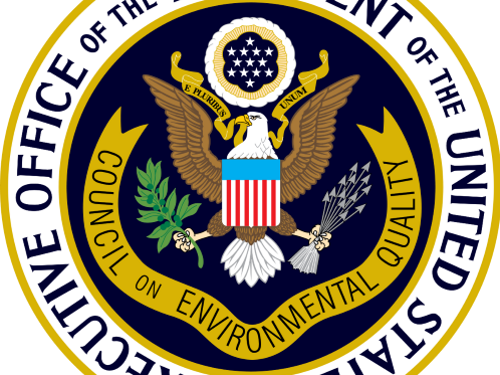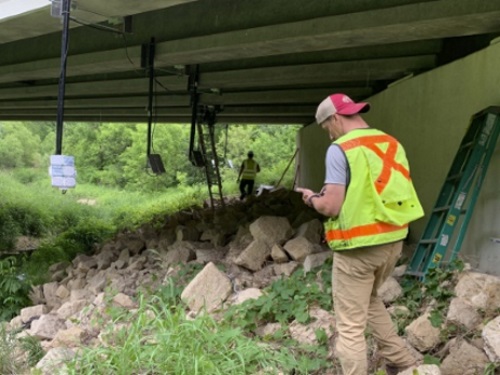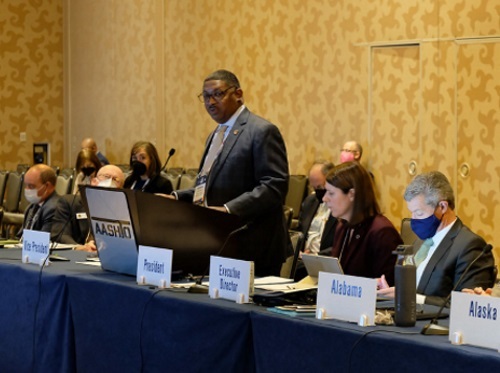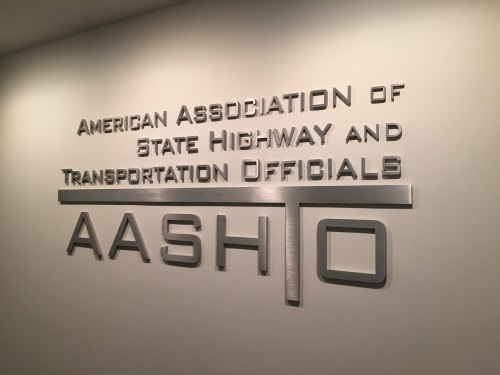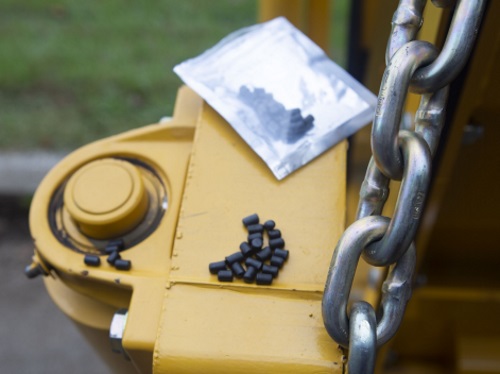FEDERAL ACTION
The Supreme Court will hear cases that could undercut Biden’s climate agenda. Here’s what to know. – Washington Post
Biden’s infrastructure bill includes $50 billion to fight climate change disasters – CNBC
USDOT Releases State by State Fact Sheets Highlighting Benefits of the Bipartisan Infrastructure Law – USDOT (Media release)
COVID-19
Report Examines Potential Post-Pandemic Travel Changes – AASHTO Journal
Wall Street Grudgingly Allows Remote Work as Bankers Dig In – New York Times
Biking Boom or Bust? Cities See New Numbers Post-Pandemic – Government Technology
INFRASTRUCTURE RESILIENCE AND SUSTAINABILITY
Gov. Lamont says he will no longer push for climate change legislation that Republicans say could raise gasoline prices. – Hartford Courant
MDOT Executive Director Brad White talks Infrastructure Act, legislative agenda – Y’all Politics
LA Metro Broadens Its Definition of Regional Mobility – Government Technology
Brookville repurposing NYCT passenger cars to pump train specialty vehicles for emergency use in underground subway system – Mass Transit
The infrastructure package boosts an unsung hero of rural transportation: ferries – Popular Science
AIR QUALITY
Rhode Island, the final state, pulls out of TCI – Boston Herald
Can a climate-conscious CDOT build new roads and cut greenhouse gases at the same time? – Colorado Sun
Play the Game: Can You Fix Smogtown? – City Lab
It’s Not Easy to Convert Diesel Buses to Electric – But Some Cities Are Doing it Anyway – Next City
Hawaiian Electric sees geothermal expansion as one key element in cutting carbon – ThinkGeoEnergy
Governor Hogan Announces State of Maryland Joins National Climate Challenge to Reduce Greenhouse Gas Emissions – Office of Governor of Maryland
ENVIRONMENTAL JUSTICE
EPA Gets Serious About Environmental Justice – National Law Review
Highways become a culture war battlefield – Yahoo News
Bringing racial equity into transit planning for the Chicago region – WBEZ Radio’s Reset (Audio)
American cycling has a racism problem – Washington Post (Commentary)
NATURAL RESOURCES
MnDOT researches technology that combines bridge repairs with protecting the state’s bat population – KSTP-TV
US national parks to offer look into green-friendly transit – AP
Bipartisan Infrastructure Package Secures Major Conservation Investments – Theodore Roosevelt Conservation Partnership
Gov. DeSantis pushes for $3B investment in water quality by end of his first term – Florida Politics
Why hundreds of millions of gallons of sewage are still being dumped into the Susquehanna River – WPMT-TV
CULTURAL RESOURCES
Portland’s historic Union Wharf is being sold and preserved for maritime use – Maine Public Radio
Long-running battle over sacred tribal site near Mount Hood back in court – Oregon Public Broadcasting
HEALTH AND HUMAN ENVIRONMENT/ACTIVE TRANSPORTATION
Improving Public Transit Makes It Easier For People To Stay Healthy – Vox
LA County to Consider Allowing Bicycles on Sidewalks, Decriminalize Riding – City News Service
Discussion of allowing e-bikes on Central Oregon trails sparks debate – KTVZ-TV
TRB RESOURCES/ANNOUNCEMENTS
State of Emergency: What Transportation Learned From 9/11 – TRB
Funding Transportation Beyond the COVID-19 Pandemic – TRB
TRB Webinar: Power Up! Implementing an Airport Microgrid – TRB
TRB Webinar: Examining Exclusions – What’s Missing in the Historic Review Process? – TRB
FEDERAL REGISTER NOTICES
Development of Guidance for Electric Vehicle Charging Infrastructure Deployment – FHWA (Notice; request for information)
Meeting of the National Drinking Water Advisory Council – EPA (Notice of a public meeting)
Air Plan Approval; FL; Removal of Motor Vehicle Rules – EPA (Proposed rule)
Special Areas; Roadless Area Conservation; National Forest System Lands in Alaska – Forest Service (Notice of proposed rulemaking; request for comment)
Importations of Water Into and Exportations of Water From the Delaware River Basin; Discharges of Wastewater From High Volume Hydraulic Fracturing and Related Activities – Delaware River Basin Commission (Notice of proposed rulemaking; public hearing)
Notice of Proposed Methodology for the 2022 Delaware River and Bay Water – Quality Assessment Report – Delaware River Basin Commission (Notice of proposed methodology)
Request for Information on the National Flood Insurance Program’s Floodplain Management Standards for Land Management and Use, and an Assessment of the Program’s Impact on Threatened and Endangered Species and Their Habitats; Public Meeting; Extension of Comment Period – FEMA (Announcement of additional public meeting; extension of comment period)

